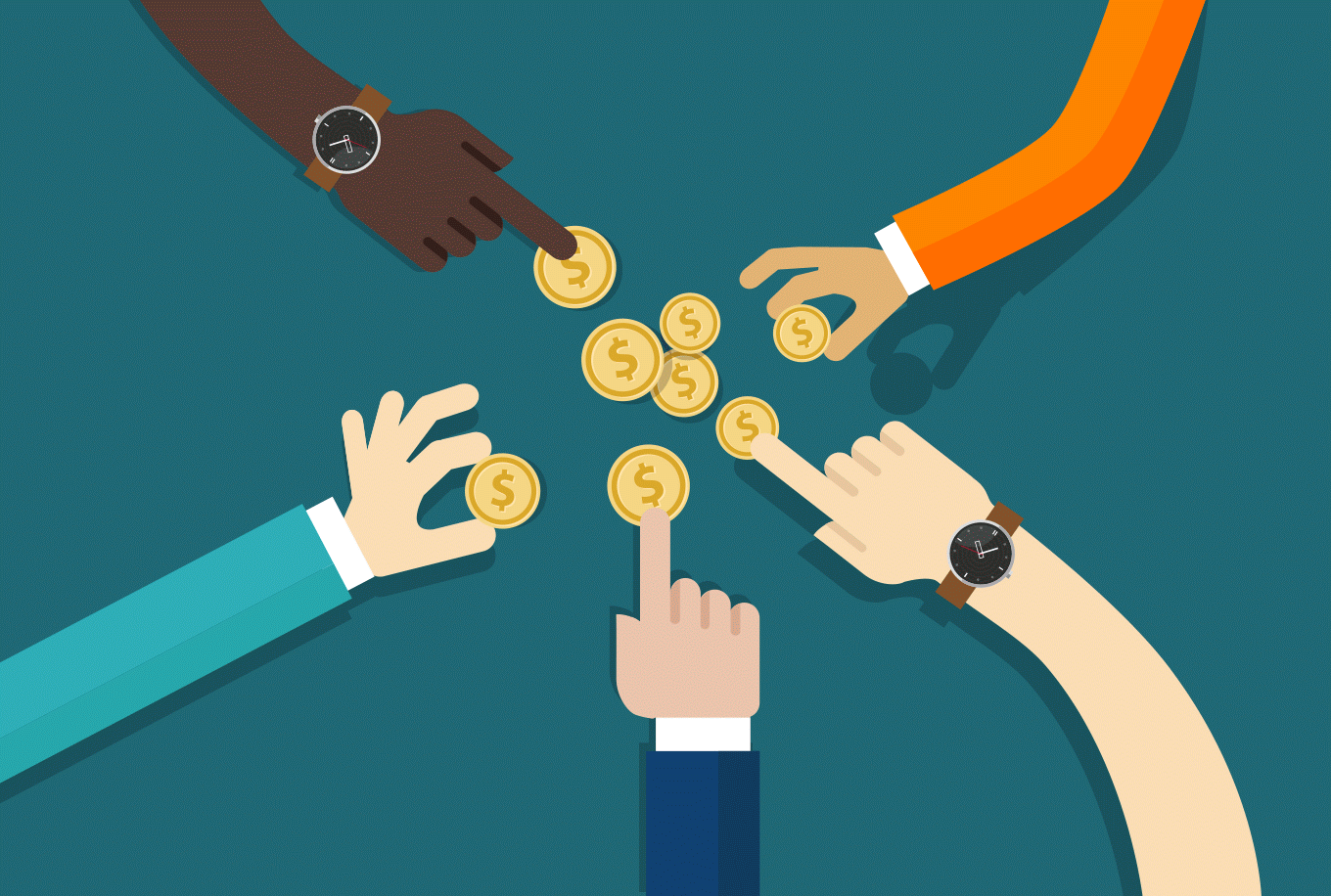Is your brand telling a story for now or a story forever? Take a lesson from pop music and learn how to create a brand that lets your customers feel like they “can be someone.”
Imagine a slightly different 2024 Grammy Awards. In this one, there’s still a comeback performance from a reclusive 1980s star, but instead of Tracy Chapman singing “Fast Car” alongside Luke Combs, it’s Billy Ocean singing “Get Outta My Dreams, Get into My Car.” Can you picture Taylor Swift singing along rapturously to his lyric: “Lady driver, let me take the wheel”?
Probably not, but why? Both “Fast Car,” and “…Get into My Car” were released in 1988 and Ocean’s was the bigger single that year, number 15 on the year-end singles charts versus 76 for “Fast Car.” So, why was it Tracy on the stage in 2024 instead of Billy?
Emotional resonance
While Billy Ocean still has his fans (I’m one), his singles are largely characterized as novelty hits: bright, catchy, quick hits of dopamine. If “Get Outta My Dreams, Get into My Car,” were released today, we’d say it was written with engagement in mind. It could inspire a TikTok dance.
“Fast Car,” on the other hand, has only grown in popularity, becoming a staple cover of artists spanning generations and genres, all of whom want to do what that song does uniquely well: connect emotionally with their audience. It communicates the eternal human desires for escape and rebirth—desires that are universal and enduring. It gives a voice to people with those desires. In this respect, Tracy Chapman is capable of speaking for them on an emotional level.
At Emotive Brand, we create brands that aspire to deliver the emotional resonance “Fast Car” delivers, and believe there are a few things that any company can learn by connecting the songwriting process to the brand-building process.
1. Consider the emotional needs of your customers (not just their material needs)
“Fast Car” is a song with a story: its protagonist is a woman stuck in a cycle of poverty and struggling to care for an alcoholic father. While many people can empathize with that, not everyone can see themselves in it. “Fast Car” feels universal because it tells us the emotional needs of its protagonist, not just her material ones: wanting to belong, wanting to “be someone.” Nearly everyone knows what that feels like, regardless of circumstance.
Brands should do this too, regardless of industry or offering, because one way or another, to some degree or another, every buying decision is an emotional one. No matter how rational or materialistic your customers may seem at the moment of decision, they are human beings with human needs, goals, and emotions. If your offering helps your customers cut costs or make a business process more efficient, perhaps your brand is helping them advance their career or gain the respect of their peers. As we’ve recently said to one client, “even CFOs have feelings.”
2. Make your story timeless
A good story can always grab attention, but to endure, it needs to resonate beyond the moment. Tracy Chapman’s own brand was that of an “activist” singer (her second single was “Talkin’ ‘bout a Revolution”). She could have written “protest songs”: straightforward stories about the specific political and social issues of her day, but songs like “Fast Car” offer a different perspective, framing social issues through the lens of perennial, emotional desires.
Similarly, while your product or service may be meeting a need that is very much of the now, your customers’ most important needs are their aspirations: longer term goals that are often both primal and enduring. You do your brand an enormous disservice if you don’t identify those aspirations and connect your offering to that distant horizon. If you make plain to your customers how you can help them reach their goals, your brand can truly resonate.
3. Share the spotlight
As we’ve seen, for most listeners of “Fast Car,” the song isn’t about Tracy Chapman, or even about an unnamed protagonist; it’s about them. Instead of putting the spotlight exclusively on the singer of the song, “Fast Car” lets listeners hear themselves within its lyrics and makes them the hero of a shared narrative.
There are few more important lessons for any brand to learn. Even with a truly revolutionary, world-shaking offering, a brand is almost always better off being an enabler of heroic change than the hero or heroine making that change. Iconic consumer brands (and iconic musicians) have understood this for decades, but many B2B brands still struggle with it.
Today, many brands are built like a Billy Ocean hit, with more hook than pull. Whether that means confusing their product with their brand, or hyper-focusing on the tangible benefits they offer at the expense of the needs of their audience, they tell a story exclusively about themselves, and one their customers can’t see themselves in. But if you can create a brand like “Fast Car,” tapping into near-universal desires for things like belonging and significance, you’ll forge emotional bonds with your audience that will endure beyond that first attention-grabbing moment.














